“For many people, reading the news on the Mermaid likely conjured up the image of the capsized whale watching vessel Leviathan II”
Philip Woodcock – BC Shipping News July 2019
The tragic collision and subsequent sinking of the river cruise vessel Mermaid on the Danube River in Budapest on May 29 caught worldwide attention. Many Canadians consider an evening cruise through Europe’s capital cities as an ideal part of a vacation, like visitors to our coast view a whale watching cruise. The incident occurred when the smaller Mermaid carrying 30 South Korean tourists, three tour guides and a crew of two, was overrun by the much larger Viking Sigyn as they approached a bridge, causing the Mermaid to capsize and sink with the confirmed loss of nine persons with an additional 19 still missing. High water levels are hampering divers searching the wreck for casualties and salvage efforts. It is too early for investigators to determine the cause of the accident, although video appears to show that Mermaid swung across the bows of the Viking Sigyn at the last moment. Whether mechanical or operator error or interaction between the vessels was the cause will be determined by the investigators.
On the British Columbia coast there is a lot of waterborne transportation undertaken by small, domestic vessels. While many of those vessels are not carrying passengers, such as tugs and fishing boats, there is a thriving passenger industry. These include whale watching vessels, expedition cruises, harbour pleasure and dinner cruises and small ferries to list a few. The Mermaid, which was constructed in 1949, is similar to B.C. domestic passenger vessels in that it was not required to be certified to international regulations like the Safety of Life at Sea (SOLAS) Convention; was older; carries a relatively large number of persons for its size; and was operated by a small crew. This raises the question of whether such an incident could occur here and, if so, what can be done by the industry to prevent it?
The answer to the first question is Yes, it not only could occur in B.C. but has already done so in various forms, unfortunately resulting in loss of life. For many people, reading the news on the Mermaid likely conjured up the image of the capsized whale watching vessel Leviathan II. In October 2015, the Leviathan II, with 27 persons on board, capsized off Plover Reef in Clayoquot Sound with the loss of six lives. While more recently, the Victoria based whale watching catamaran 4Ever Wild, with 43 persons on board, grounded near Smith Island in Washington State. Fortunately, there were no injuries, fatalities or environmental discharges and the passengers and crew were recovered and brought back to Victoria on a variety of vessels. In April 2016, the tug C.T. Titan overran and sank another tug, the Albern, off Gabriola Island in an incident similar to the Mermaid. Fortunately, the two crew of the Albern were able to escape from the sinking hull and were recovered by the C.T. Titan.
The Transport Safety Board (TSB) investigated the Leviathan II and C.T. Titan incidents and issued reports with findings which are available on their web- site. One recurrent theme that has been vexing the TSB for many years is for regulators and industry to effectively manage safety risks in their operations. Their “Watchlist 2018 — Key multimodal safety issues in Canada’s transportation system,” published in October of last year makes reference to a combined total of 24 multimodal (air, rail and marine) investigations since 2013 where the lack of effective risk management or a Safety Management System (SMS) were identified. Nine of these reports are specific to the marine industry with six occurring in the Pacific region. The TSB emphasize that this is not a new occurrence and that although they have had SMS as a Watchlist item since 2010, “there has been little progress on expanding the application of SMS to a broader range of companies.”
- Currently, the Safety Management Regulations apply to Canadian vessels to which Chapter IX of the SOLAS Convention applies; vessels on international voyages that are greater than 500 Gross Tons. Transport Canada commenced consultation on making SMS mandatory for domestic commercial vessels in 2010. However, this was resisted by
- industry on the grounds of cost and feasibility of implementation by smaller operators. In response to these concerns, the regulatory proposal was amended to only include domestic vessels of greater than 24m in length or vessels carrying more than 50 passengers. The Transport Canada webpage dedicated to Safety Management Systems (which was last updated in April 2015) states:
- Transport Canada is currently in the process of amending the Safety Management Regulations. The regulatory proposal currently applies to Canadian non-Convention vessels. When these proposed amended regulations come into force, the following vessels and the companies that operate them will be required to adopt a SMS in compliance with the ISM Code:
- A Canadian vessel subject to Chapter IX of the International Convention for the Safety of Life at Sea (SOLAS);
- A Canadian vessel of 500 gross tonnage and upwards;
- A Canadian vessel that is certified to carry more than 50 passengers; and
- A Canadian vessel that is more than 24 meters in length and less than 500 gross tonnage
The above notice was posted over four years ago yet there is still no requirement for domestic vessel operators to develop and implement a Safety Management System. While some operators have voluntarily made the investment, this is far from the norm.
Despite there being clear evidence from recent, relevant accident investigations that a structured system of work and assessment of risks, such as those contained in an SMS, would help operators reduce the likelihood of having a major maritime accident, the regulatory framework does not require operators to make the effort and investment to implement such a system. The TSB cited, in the C.T. Titan investigation, “industry … concerns — primarily related to costs and feasibility — that the new regulations would be too onerous for companies that operate small vessels to implement…” as the reason why the initial 2010 regulatory proposal was watered down. As regulation is not rapidly forthcoming, does the evidence provided by the TSB and recent events direct operators of domestic vessels towards self-regulation to protect the interests of all stakeholders?
What would be the benefits to operators for voluntarily implementing a structured system of work that includes the assessment of risks to their operation and is audited by an external body? Such a Safety Management System could be developed in accordance with the
International Safety Management (ISM) Code as is required on internationally trading vessels or to the ISO 45001 Occupational Health and Safety standard. The latter may be better oriented to industrial operators who have existing Quality or Environmental Management Systems, and for whom marine assets only form part of a larger organization.
The first and most obvious benefit would be improving safety and thus reducing risk to personnel, equipment and the environment by having a structured system of work where the risks are understood and mitigated in terms understandable by the crew. Since the TSB reported that between 2011 and 2016, 15 tugboats sank in British Columbia, of which 14 of these were less than 15 Gross Tons, there is obviously a need to improve safety on small domestic vessels.
Protection of a company’s image and the perception of the industry as a whole is another important aspect to be considered. Accidents, such as the Leviathan II or the Mermaid involving passenger vessels, are high profile and get media coverage world- wide. Even non-fatal incidents such as the grounding of 4Ever Wild was live on the news and social media before the passengers were safely transferred ashore. As the clientele of the domestic small passenger vessel industry are primarily tourists who want to sample the beauty of British Columbia’s maritime environment, image is very important.
International marine contractors constructing major maritime projects like the LNG Canada gas facility in Kitimat require vessel suppliers to undergo vetting prior to being approved to work. Part of this vetting process will include determining whether the operator has an SMS in place that manages the risks associated with working on that project. These companies cannot afford accidents by suppliers to jeopardize their reputation or contracts and thus drive compliance commercially. Being able to meet their high requirements gives vessel operators access to a lucrative charter market.
Marine insurance forms an unescapable part of a vessel owner’s operating expenses. Premiums for Hull and Machinery and Protection and Indemnity cover are based on the risk profile of both the industry sector and the particular operator. An Underwriter is more likely to give favourable premiums to an owner that has taken clear and transparent steps towards managing risk, whether that be through a formal planned maintenance system or externally audited SMS, than to one who does just the minimum required by Transport Canada. The local marine insurance market is coming to the end of an extended period of soft rates where underwriters had to be extremely competitive to retain clients. As market rates firm up, Underwriters will be in a stronger position to push clients to reduce their risk profile in order to get reduced premiums, which would allow owners to see a tangible return on an investment in an SMS.
The ISM Code consists of only 13 main chapters and can result in an SMS as large or small as the operator feels addresses their particular risks. The process of identifying the risks and writing procedures for mitigation will provide a safe system of work in a language understood by the crew. If this SMS is routinely audited with a robust system of investigation, the operator will be a long way ahead in reducing their risk profile. To get an independent assessment on suitability, an operator could contract an external body such as a Classification Society to audit the SMS and issue the Voluntary Document of Compliance and Safety Management certificates. This will allow the operator to demonstrate that the vessel is managed in accordance with an internationally accepted standard and has undergone external scrutiny above and beyond that which is required by Transport Canada. In an effort to reduce the costs and burdens that hampered the 2010 proposal, industry organizations could take the lead and produce standard SMS proformas for their members to adopt and adapt.
The recent sinking of the Mermaid highlights the risks to personnel, equipment, the environment and reputation from the operation of small commercial vessels. The Mermaid has clear and direct parallels to accidents that have happened in recent years on our own shores. There is no regulatory requirement for domestic vessel operators to invest in developing, certifying and maintaining a Safety Management System, but the findings from numerous recent TSB investigations highlight the consequences of not taking action. This is one case where industry should self-regulate and set a higher standard so as to protect not only the livelihood of their crews and their companies, but also of their passengers.
While cost was cited as the reason for not making regulatory changes in the past, can the industry afford now to not take action?
Images – BC Shipping News front cover July 2019. Transport Safety Board image of the Leviathan II capsizing in 2015.



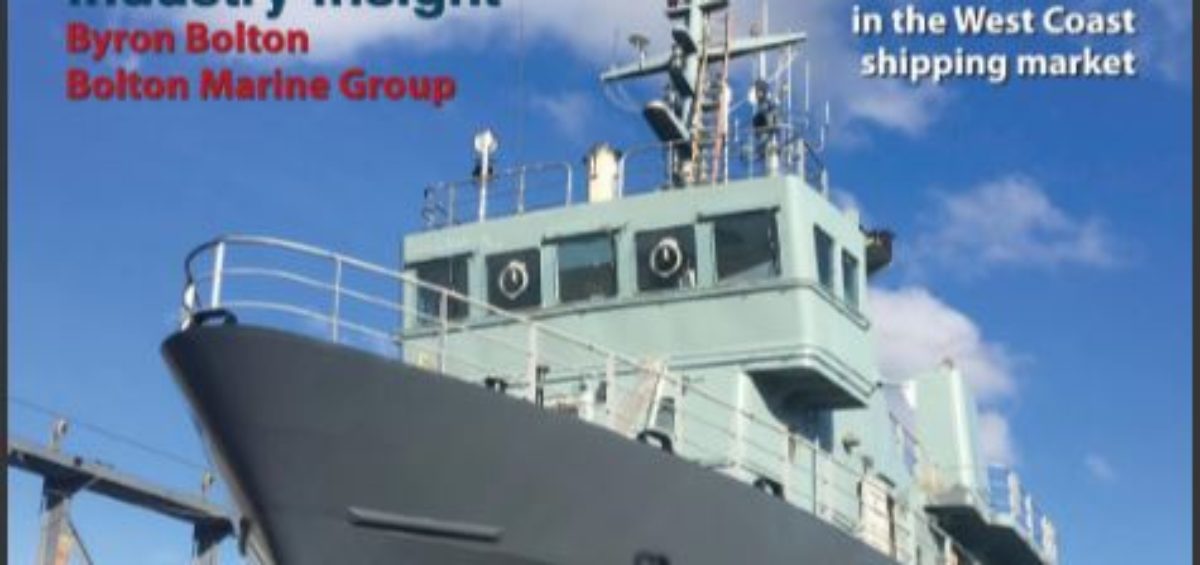
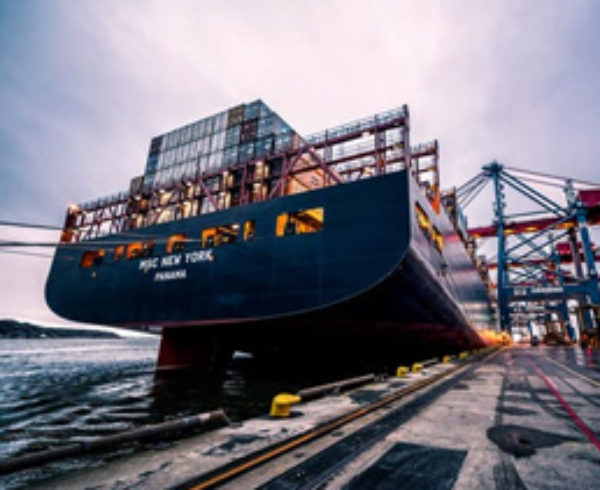
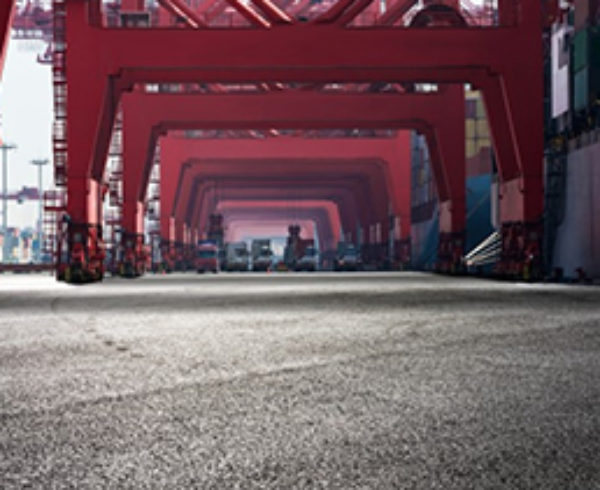
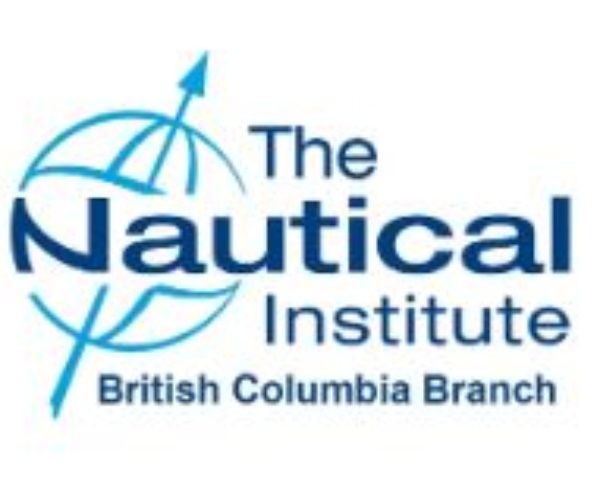
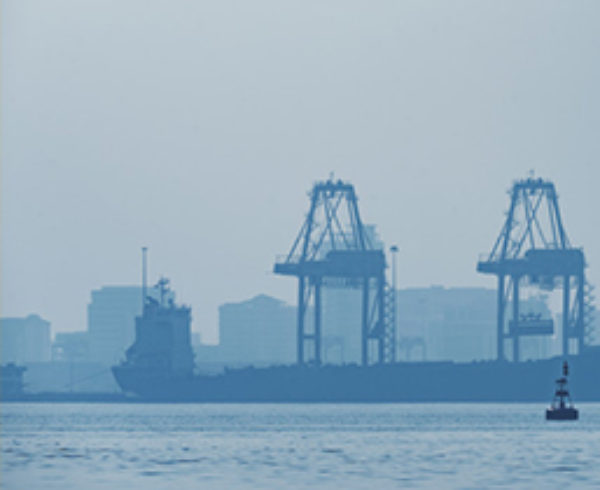

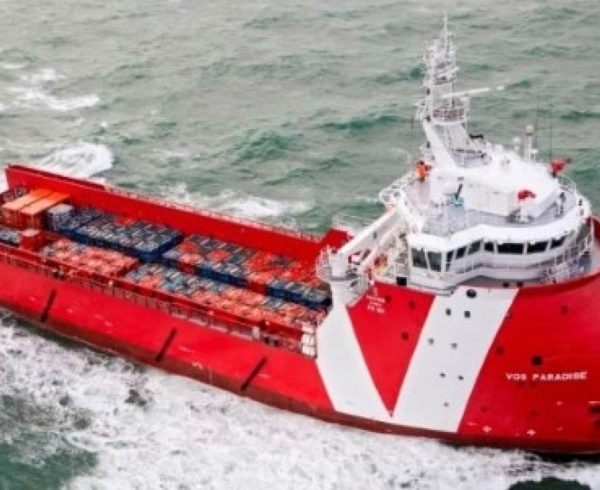
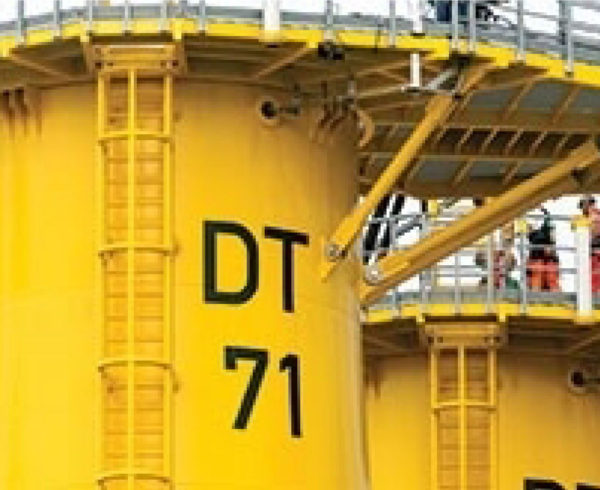


Leave a Comment